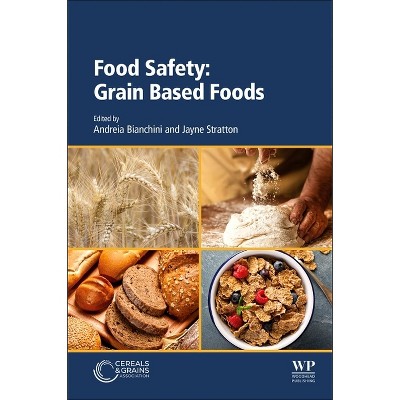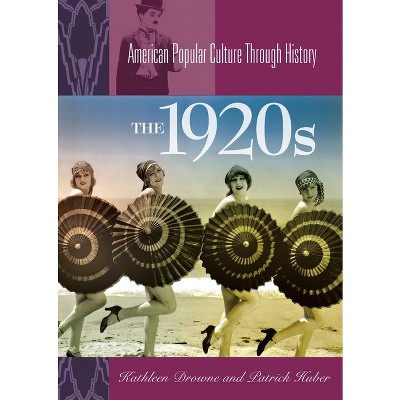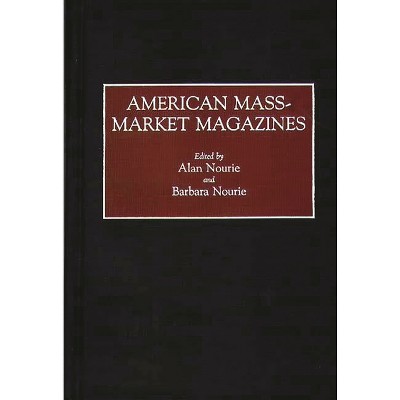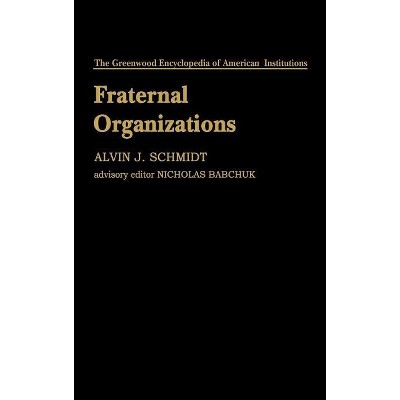Sponsored

Food - by Robert A Palmatier (Hardcover)
In Stock
Sponsored
About this item
Highlights
- Each of the more than seven hundred entries in the dictionary contains a description of the historical background of each of the two types of language, literal and nonliteral, and provides an explanation for the relationship between them.
- About the Author: ROBERT A. PALMATIER is Professor Emeritus of Linguistics, Western Michigan University.
- 488 Pages
- Social Science, Popular Culture
Description
About the Book
Each of the more than seven hundred entries in the dictionary contains a description of the historical background of each of the two types of language, literal and nonliteral, and provides an explanation for the relationship between them. Wherever possible, dates of first record in English are provided, along with the bibliographical sources of these dates; and all of the works that record those terms and expressions are given in coded form as listed in the Key to Works Cited.
A Guide to Reading the Entries illustrates the typical form of an entry by analyzing an example from the dictionary that introduces five nonliteral expressions, cites thirteen bibliographical sources, and refers the reader to three other relevant entries by means of cross-references. Following the dictionary proper is a Classification of Terms According to Source, in which nearly three hundred nonliteral terms and expressions are listed under the more than four hundred literal categories from which they derive.
Book Synopsis
Each of the more than seven hundred entries in the dictionary contains a description of the historical background of each of the two types of language, literal and nonliteral, and provides an explanation for the relationship between them. Wherever possible, dates of first record in English are provided, along with the bibliographical sources of these dates; and all of the works that record those terms and expressions are given in coded form as listed in the Key to Works Cited.
A Guide to Reading the Entries illustrates the typical form of an entry by analyzing an example from the dictionary that introduces five nonliteral expressions, cites thirteen bibliographical sources, and refers the reader to three other relevant entries by means of cross-references. Following the dictionary proper is a Classification of Terms According to Source, in which nearly three hundred nonliteral terms and expressions are listed under the more than four hundred literal categories from which they derive.Review Quotes
"Mr. Palmatier's latest dictionary is more than a reference source for culinary definitions; it is a book that rewards browsing. Not many dictionaries can be counted on for complete and accurate treatment of food; fewer still can be read with pleasure; You are unlikely to find another that offers so much of both."-Harry Randall author, Philology of Taste
?[W]ill hit the spot in both public and academic libraries.?-Lawrence Looks at Books
?No matter what's eating you at work or home, you can bet this book will give you something to sink your teeth into....Some explanations are so cleverly written they take the cake.?-Kalamazoo Gazette
?Recommended for high school, public, and academic libraries.?-Choice
?This is one of those pleasurable browsing books that will stay by your chair for a long time.?-Michigan Alumnus
"ÝW¨ill hit the spot in both public and academic libraries."-Lawrence Looks at Books
"[W]ill hit the spot in both public and academic libraries."-Lawrence Looks at Books
"Recommended for high school, public, and academic libraries."-Choice
"This is one of those pleasurable browsing books that will stay by your chair for a long time."-Michigan Alumnus
"No matter what's eating you at work or home, you can bet this book will give you something to sink your teeth into....Some explanations are so cleverly written they take the cake."-Kalamazoo Gazette
About the Author
ROBERT A. PALMATIER is Professor Emeritus of Linguistics, Western Michigan University./e






